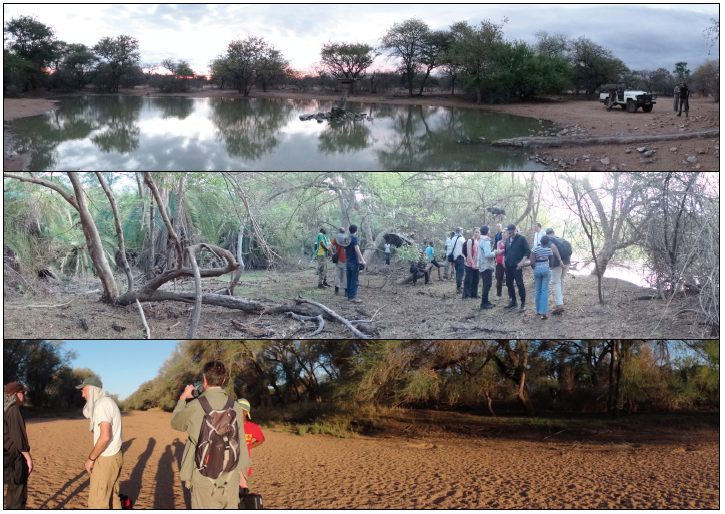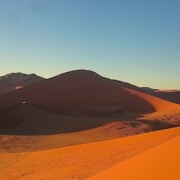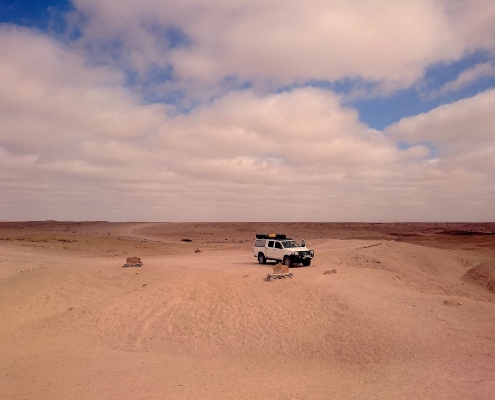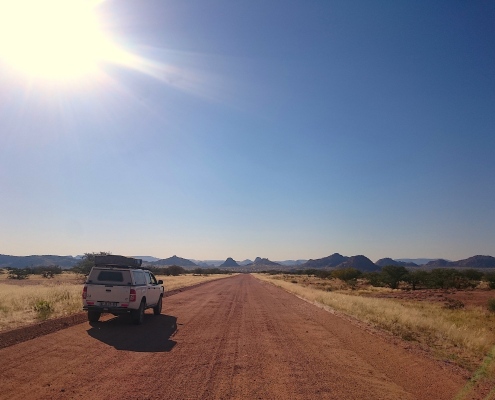SONIC MMABOLELA – a report for fellow sound designers/recordists
When I first read about Sonic Mmabolela, I knew immediately that this was something I wanted to partake in. A two week sound recording workshop/residency held at a private game reserve in South Africa, rented out in its entirety for the sole purpose of recording and thus promising minimal outside interference – it’s a field recordist’s dream come true. And further reading of its description, plus the fact that it is organised by renowned sound artists Francisco Lopez and Barbara Ellison, promised that this was going to be thematically quite different from other recording workshops out there, which tend to focus a lot on the technical side of things.
Pictures from a previous year of Sonic MmabolelaI had many reasons to join up, but chief among them were a longing to go back to the African continent for more sound recording, and a growing interest in sound art. I was curious to learn from people who work as independent sonic artists and perhaps find a new outlet for my love of recording sounds of the natural environment and its wildlife.
All that being said, the biggest draw was simply to go out and spend two weeks of non-stop recording in the bush. If nothing else, perhaps I could gather enough material to release another African wildlife themed library. And so it happened that I found myself at the end of November of 2016 as one of the participants in that year’s Sonic Mmabolela.







